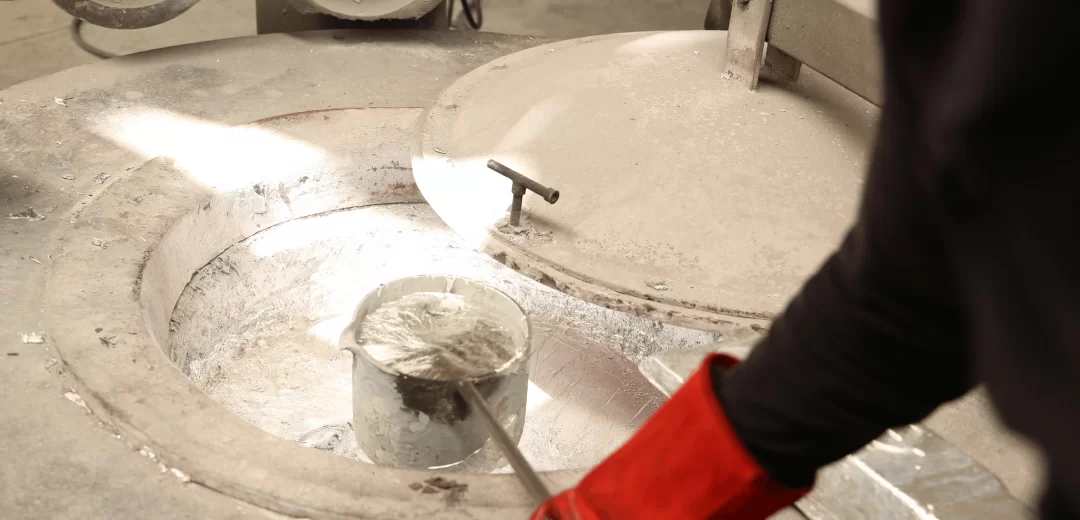By examining the relevant technical drawing, it is examined whether it is a castable aluminum alloy. Al-Si, Al-Cu or Al-Mg alloys are suitable alloys for casting production.
- Al-Si:
AlSi5Cu1
ETİAL 177 - AlSi7Mg - A 356.0
ETİAL 171 - AlSi10Mg - A 360.0
ETİAL 160 - AlSi8Cu3 - A 380.0
ETİAL 140 - AlSi12 - A 413.0
- Al-Cu:
AlCu4Ti – A 206.0

- Al-Mg:
AlMg5
Aluminum-copper alloys (2xx):
Aluminum alloys alloyed with copper are generally preferred in applications where high temperature strength and toughness are required. Among the weaknesses of these alloys with good fluidity and castability, we can point out their tendency to crack during solidification and shrinkage between dendrites. As a result of their high tensile strength and ductility, they have very good toughness values.
Aluminum-silicon-copper alloys (3xx):
The primary silicon particles in these alloys provide the alloy with wear resistance, while the copper allows the matrix to harden and gain high temperature resistance.
Aluminum-silicon-magnesium alloys (3xx):
In addition to the properties provided by silicon, the presence of some magnesium in the alloy ensures that very good mechanical properties can be obtained after heat treatment. These features can be further increased by modification.
Aluminum-silicon alloys (4xx):
It is one of the most fluid alloys in terms of castability. One of the factors that have a negative effect on the mechanical properties of these alloys is the formal properties of the silicon particles formed during eutectic solidification: These particles, which solidify in a needle-like structure with pointed corners, can be solidified to have rounded edges free from sharp corners, thanks to a process called eutectic modification.
Of course, mechanical properties are not the only parameter that we should consider when deciding on the casting method in the selection of raw materials. For example, the geometric properties, wall thicknesses and demoulding angles of the part to be produced also vary according to the preferred method. In other words, design factors must be taken into account when deciding on the casting method.



